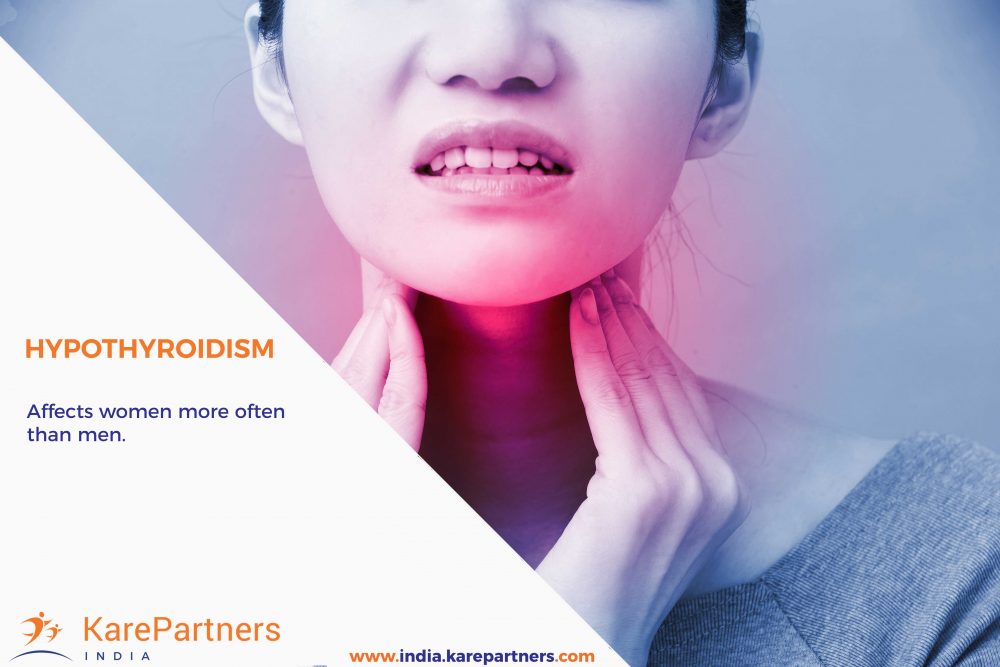PREVENTION OF MYOCARDIAL INFARCTION (HEART ATTACK) THROUGH LIFESTYLE MODIFICATIONS
In keeping with Roy T. Bennett “It’s only after you have stepped out of your comfort zone that you begin to change, grow and transform.” To achieve and maintain a healthy lifestyle is like going through a trial on the nascent stage but proves its worth at the close of the day. And our body and psychology both reap the dividends of a healthy lifestyle.A healthy lifestyle means maintaining an even parity between a balanced diet and physical activity. This “lifestyle disease” malady “causes much greater public health threat than any other epidemic known to man” was said by Shanti Mendis, the lead author of whose Chronic Diseases Prevention and Management report.
With the proliferation of fast food chains in every nook and cranny, there is increased calorie intake by the people. The more fast food you consume, the greater are the chances of your becoming a host of obesity and heart disease.
LIFE STYLE MODIFICATIONS
A medical professional or your healthcare provider can help you detect and prevent a cardiovascular event based on your cholesterol levels and other parameters. Type 2 diabetes is correlated with increased risk of cardiovascular disease but the lipid-lowering therapy with statins (HMA CoA reductase inhibitors) help in the primary prevention of cardiovascular disease in diabetic people. Statins are drugs that work in the liver to prevent the formation of cholesterol. They reduce the amount of bad cholesterol in your bloodstream.
South Asians with a family history of heart disease are well-recognized risk factor for having high levels calcium buildup in their arteries, which can augment their risk of heart attacks and stroke. CT scan to check for coronary artery calcium may be prescribed in such a case.
Do you Smoke?
- Smoking causes severe damage to nearly every organ of the body, but the damage it causes to the heart and the circulatory system is searing. The composition of tar and carbon monoxide in a cigarette is life-threatening.
- Smoking cause’s plaque to accumulate in our blood and the plaque sticks to the walls of the arteries, the condition is known as atherosclerosis resulting in an increased blood pressure or an onset of a cardiovascular disease or a stroke.
Trying to Quit?
- So your first day without cigarettes after quitting can be difficult, but the cessation of this habit can reverse the risk of getting a heart attack. Instead of smoking cigarettes gorge yourself on sunflower seeds, sugar-free lollipops, chewing gum, carrots, celery sticks.
Enjoyment is next and bestpart!
- To enjoy the glow of good health, you must exercise. Moderate exercise can deter a stroke, regulate, blood pressure and helps in losing those extra kilos. For people working in office, there are few exercises which they can include in their routine, for example triceps kick, hamstring curl, knee lift, punching, desk pushups, side lunge, jump squats, chair dips etc.1 Incorporating five minutes per hour of exercise while sitting at a desk could go a long way towards improving a desk jockey’s health. One should walk up and down a flight of stairs instead of opting for the elevator. Regular walks ward off many risks of cardiovascular diseases. Swimming has particular benefits for postmenstrual women. A recent study showed after 24 weeks, 8% reduction in blood pressure and 15% reduction in body fat.2
Diet is important!
- Plan a diet that is affordable and which provides all the nutrients which the body needs to function optimally.Choose healthy fats like avocados, dark chocolate, whole eggs, nuts, extra virgin olive oil, chia seeds etc. Eat plenty of fruits, vegetables and legumes, don’t forget beans, and choose low-fat dairy products. Cocoa solids are a potent source of antioxidants. Tomatoes (lycopenes) are good for cardiovascular and prostate health. One must abstain from ubiquitous sweets and snacks. Avoid sodium, saturated Trans fats, added sugar, and alcohol.
References
- Washingtonpost.com
- Colarado, JC, Triplett, NT, Telia, V. Effects of aquatic resistance training on health and fitness in postmenopausal women. Eu r JAppl Physiol 2009; 106:113–22.


